If you've accidentally overfilled your vehicle with oil, here are seven simple tricks on how to remove excess oil if overfilled:
- Use the oil plug
- Try the dipstick tube
- Consider a suction pipe
- Try an oxygen hose
- Use a vacuum oil extractor pump
- Consider a fresh oil change
- Reach out to professional service
Your engine requires oil, and if you don't have enough oil, you can deal with significant damages. More importantly, you should focus on changing this oil as it breaks down over time. Since oil change is regular maintenance, many drivers prefer to learn to do it themselves, so they don't have to worry about labor costs or wait for a long time in repair shops.
While it's great to learn about changing your vehicle's oil, sometimes making simple mistakes might lead to severe outcomes that could cost you thousands of dollars on repair. For example, one of the very common issues that people might get into is overfilling the engine with an oil. You're very concerned about running out of oil and would like to be proactive about it, so you accidentally pour too much oil and more than what's needed. So what should you do in this case?!
The good news is that if this mistake happens, there are plenty of ways to fix it as long as you are familiar with how it should be done properly without causing even more damage is. Ignoring the problem and running your car with overfilled oil is never a good decision because it has its problems.
Let's learn seven simple tricks to help you remove any excess oil overfilled! Choose the method that best works for you and serves your needs.
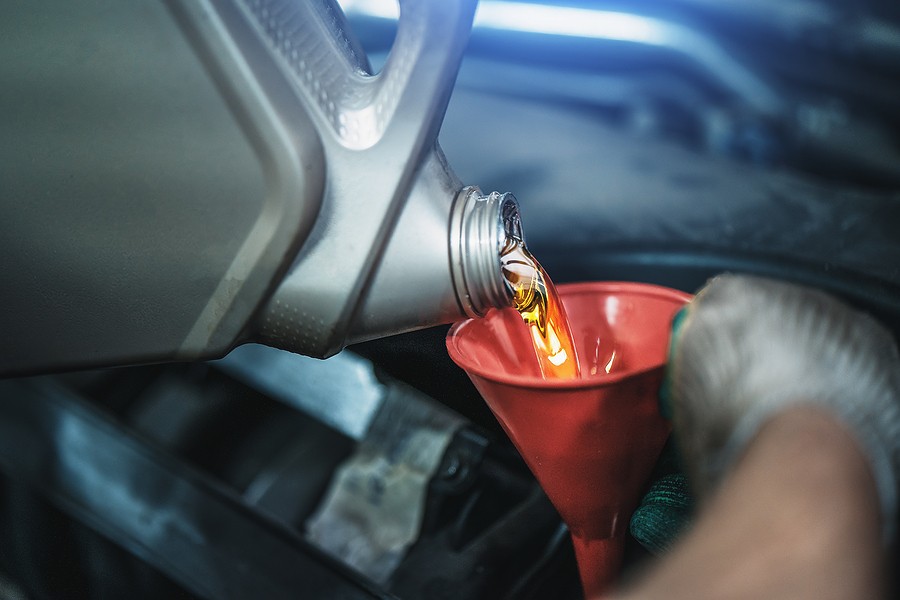
What is the purpose of engine oil?
Before diving into the details about “how to remove excess oil if overfilled?” It is essential that we understand why you need to have oil in your car and what could go wrong if you don't change this oil properly.
Your engine contains many interacting moving components, and all these components are made of metal. When they interact with each other, there's a very high chance that they will cause some friction, leading to excess heat that could damage the engine due to overheating.
To avoid this and stay on the safe side, manufacturers came up with a lubrication system that involves using a specific type of motor oil to continuously lubricant internal components that can prevent friction from happening.
While oil is great for preventing friction, it breaks down and becomes ineffective to do the job at some point in time. So you'll have to know when exactly the changed into oil; otherwise, you'll be like running without oil.
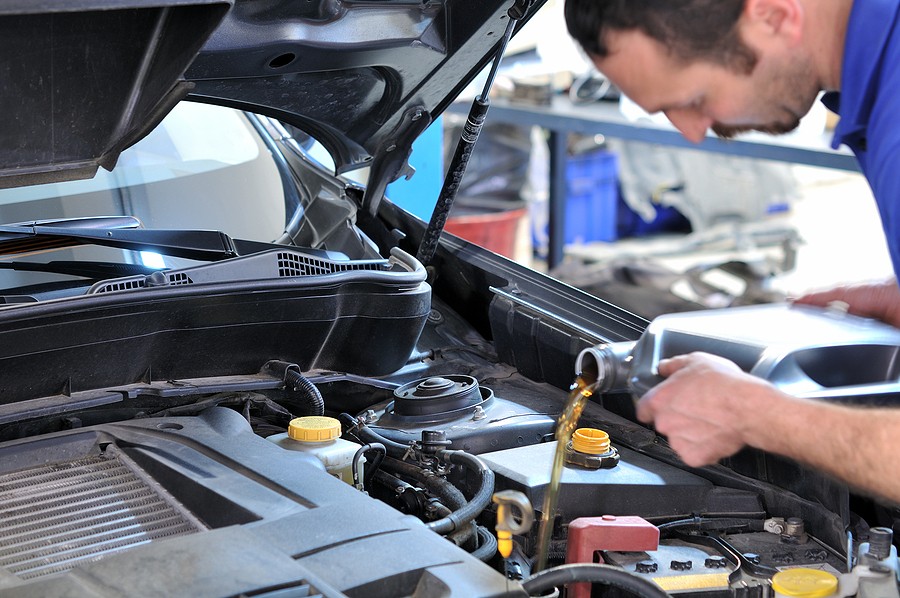
How to remove excess oil if overfilled?
Oil changes need to be done properly, and that's why many people prefer to go to a professional service to have the job done without worrying about any mistakes. However, many drivers still prefer to save on labor costs and do the job themselves. As we mentioned earlier, the biggest and toughest problem is when you pour too much oil inside their reservoir beyond what your vehicle needs.
Our team conducted an in-depth review of all available methods that could help you get rid of this taxes oil. This list summarizes 7 simple tricks and tools that you can find in your house or probably by to resolve the issue before it gets complicated:
1. Use the oil plug
The quickest approach is to go underneath your car, locate the drain plug, and drain the oil. However, this involves a slight level of mechanical skill sets, and if you're not comfortable messing up with these components, it might be challenging for you.
If you're not aware of where the drain plug is located, you can always refer to your vehicle owner’s manual. However, sometimes the drain plug might be hidden underneath our components in certain vehicles, and that's why if you found it a little bit more challenging than what you're expecting, you might want to check with other methods that could be simpler.
Once you locate the drain plug, all you must do is find a bucket where you want to collect the excess oil and allow oil to drain the amount you're expecting to be accessed or beyond what the vehicle needs. Then, look at the oil level and check it out with the dipstick to confirm that you did not drain too much oil, which could cause another problem that you don't want to deal with.
2. Try the dipstick tube
The second approach is to use the dipstick tube. Again, many youtube videos could walk you through the process, but basically, all you must do is apply this forming process where you can't rely on the dipstick to get any excess oil out of the reservoir.
While this method is almost the easiest among others mentioned in this list, it takes so much time, and if you have too much oil beyond what your engine needs, it might not be the most time-saving or effective approach.
3. Consider a suction pipe
If you have a suction pipe, you can use it because it's very simple, and all you have to do is apply the same process you did for the dipstick tube. However, although this approach might be convenient, not everybody has a suction pipe, so you want to consider one of the other options if you don't have one.
4. Try an oxygen hose
Some drivers mentioned that using an oxygen hose and a syringe might be a good approach to getting rid of excess oil. All I have to do is to take out the dipstick and then insert the oxygen hose and allow it to drain the excess oil.
5. Use a vacuum oil extractor pump
If you have too much oil in those of war and all the mentioned methods previously did not help much, you can't go a little more by using a vacuum oil extractor pump. This pump is designed specifically for this purpose, and it can help you remove any amount of oil in a very short time.
6. Consider a fresh oil change
In some instances, trying all the previous methods might not be very successful. You might want to consider replacing the entire oil and going through the process of coming up with a new oil change at an independent shop.
7. Reach out to professional service
Finally, if you are still struggling to remove the excess oil in your reservoir, you can always reach out to your mechanic and have him do the job to ensure that you have enough amount of oil but not too much.
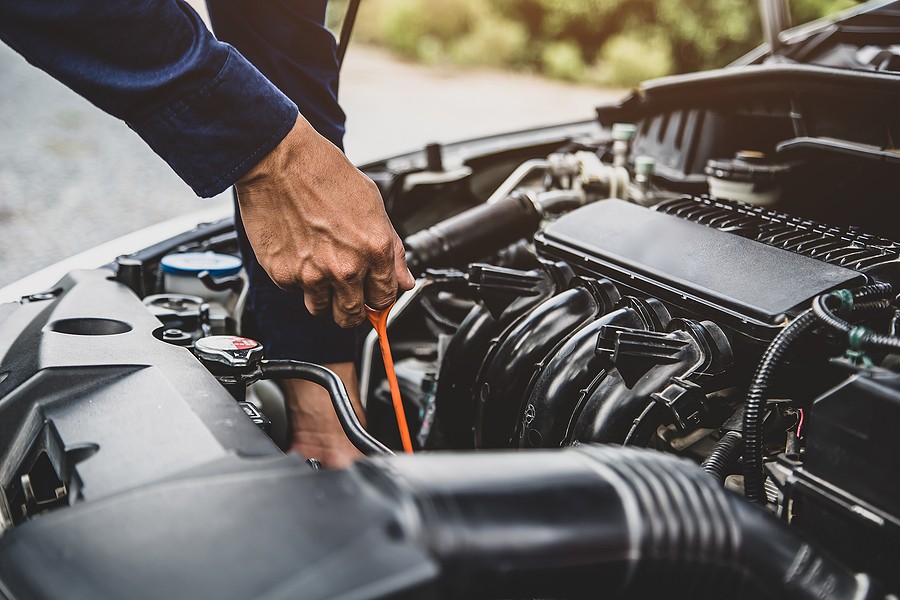
What could happen if I overfilled my car with oil?
Sometimes inexperienced drivers might underestimate big issues in the vehicles and think that driving a car with an overfilled oil reservoir is OK. However, that's not true because when you have an overfilled engine with oil, you'll deal with the following problems:
1. Extra pressure
One of the first and most critical problems you will deal with is the extra pressure. Your vehicle is designed in a very precise way, and if you disturb anything, you can easily deal with a lot of problems, and since we're talking about the engine, these problems can be very expensive to repair.
Your engine is expecting a specific level of oil pressure. If you add too much oil, you're increasing the oil pressure to a point where your engine cannot handle it, which can lead to damages in the engine and damage to some sensitive components like the crankshaft and the others that could require major repair costs.
2. Crankshaft friction
The crankshaft is expected to receive a specific level of lubrication. When there's too much oil, the crankshaft is overrated, which reduces the amount of friction and causes damage to the surrounding components.
Oil leaks you progress if the oil level increase beyond a certain point; it might cause extra pressure on the weak seals around your engine compartment. That's why you'll deal with the opposite of the problem of running at a very low oil and dealing with oil leaks.
The oil leak is a severe issue, and it can lead to damaging your engine in no time. Therefore, to avoid all these complications, you'd better either know how much oil to put in your car or leave it to professionals and pay these extra dollars for an oil change.
3. Engine overheating
If the engine lost a lot of oil, you would deal with a significant problem related to engine overheating because the engine is not lubricated, and it will continuously generate excess heat leading to self-destruction.
4. Complete engine damages
If you ignore the excess oil, you can easily deal with complete engine damage at some point in time. Unfortunately, in some scenarios, this damage might not be repairable, and that's where you must decide on either installing a new or used engine or probably selling your vehicle instead.
Unfortunately, many people who had to deal with engine damages due to overheating had to sacrifice the car and give up on their vehicles by selling it and focusing on another car that would not give them a headache Down the road.
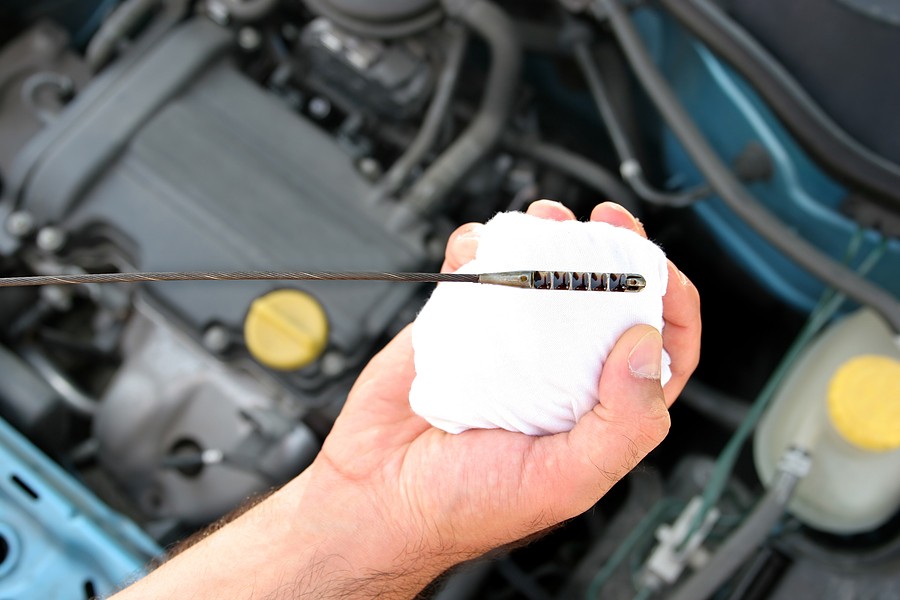
Can I drive a car with overfilled oil?
Overfilling your car with oil will not stop you from driving your car. However, dealing with the catastrophic outcome might be very near depending on your vehicle's condition. Therefore, you should not sacrifice this, and if you confirm that you overfilled your car with oil, you should consult your mechanic and ask him whether you can drive your car to the nearest repair shop or do it better to avoid the consequences.
Even if your mechanic did not advise you to stop driving your car, you should be proactive about the problem and pay attention to all vehicle behaviors here, for example, if you realize there are some smoke steams coming out of the engine compartment or if you saw visible evidence of an oil leak, you should not take a risk. Instead, you should tell your car to the independent shop rather than sacrificing the engine.
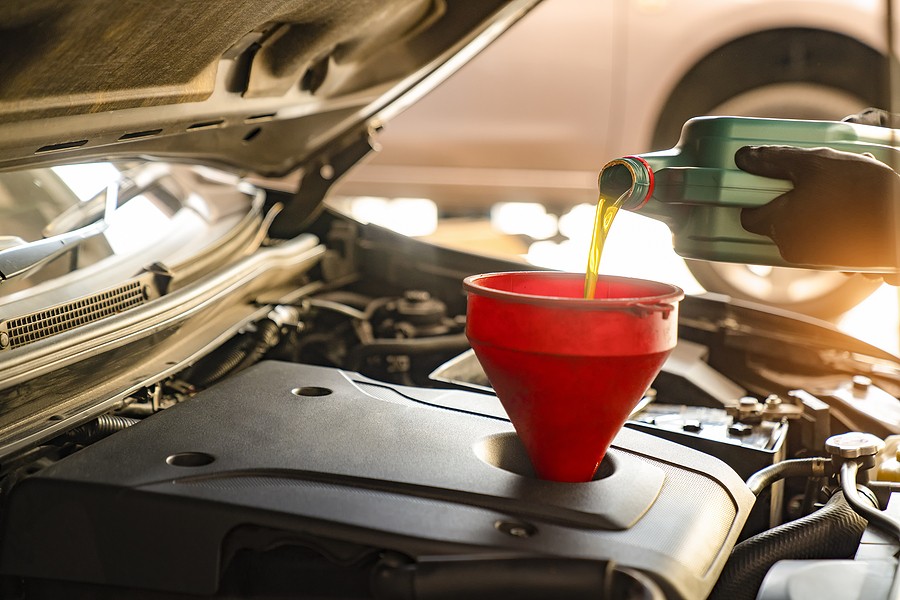
Final thoughts
Oil is a vital fluid in your vehicle, and without it, your engine can't suffer from catastrophic outcomes that could cost you thousands of dollars in repair. Therefore, you need to maintain the oil quantity and the oil quality. That's why you'll have to perform oil changes between now and then according to towards specified new vehicles owner’s manual.
As we highlighted in this article, one of the biggest mistakes that inexperienced drivers might cause is to put too much oil in the reservoir and get open where they have an overfilled engine with oil. You must find an approach to remove this excess oil when that happens. Otherwise, you will deal with engine problems.
This article highlighted seven simple tricks to help you through the process of “how to remove excess oil if overfilled?”
Note that if none of the mentioned methods helped you and ran through other complications that cost you to lose the engine, you might want to stop here and evaluate whether it's worth selling your car and using its value to buy a better vehicle. Of course, private buyers might not be interested in buying this vehicle, but cash cars buyer can’t help!
Cash Cars Buyer is one of the top-rated car removal companies in the nation that guarantees to pay you the top dollars and provide you with free towing despite your living location around the United States.
Our process is very straightforward and doesn't take more than a couple of days to get your car removed safely and for the most money.
All it takes you is to:
- Describe your car’s type and condition
- Receive our instant free quote
- Accept the quote
- Get your car removed and receive your cash payment on the spot!
To learn more about our process and our team, you can reach out to us by calling us at (773) 791-4363 or visiting our home page and clicking on the free instant online offer.



